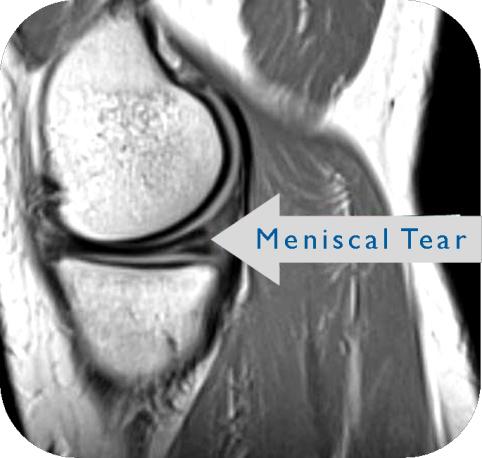Dr. Raj Kanna is a consultant Orthopaedic and Knee surgeon, who have made a mark in the field of Orthopedics with his success stories.
Menisci are horseshoe shaped soft cushion like structures (like the half doughnut) present in the knee joint. Each knee has two menisci, one in the inner (medial) and the other in the outer (lateral) side.
The most important function of the menisci is to share the load passing through the knee joint during various activities and to protect the cartilage of the knee.


Meniscal injuries can occur at any age. In younger people (under 30 years), the meniscus is a fairly tough and rubbery structure. Tears usually occur as a result of a forceful twisting injury more likely to be caused by a sport activity. People of older ages often end up with a tear as result of a minor injury,such as from the up-and-down motion of squatting. Sometimes Meniscal tears occur secondary to knee arthritis.
The meniscal tears are of following types.



X-rays will not show the torn meniscus. X-rays are mainly useful to determine if other injuries are present.
Magnetic resonance imaging (MRI) is very good at showing the meniscus. MRI creates pictures that look like slices of the area.

The procedure to take out the damaged portion of the meniscus is called a partial meniscectomy. Surgeons would rather not take out the entire meniscus. Removal of the meniscus increases the risk of knee arthritis. Young people who have recently torn their meniscus are generally good candidates for repair. Older patients with degenerative tears are not. With the current advanced technology we can do this procedure through KeyHole Technique. There are multiple advantages to this technique such as a) less blood loss, b) less pain, c) early recovery, d) less tissue damage, e) lesser chance of infection, f) more cosmetic, etc. On most occasions patient will be able to walk on the same day after surgery and go home the same day.



For further more details, contact Dr.Raj Kanna has a best experience in Meniscal tear surgery of affordable cost in Chennai.